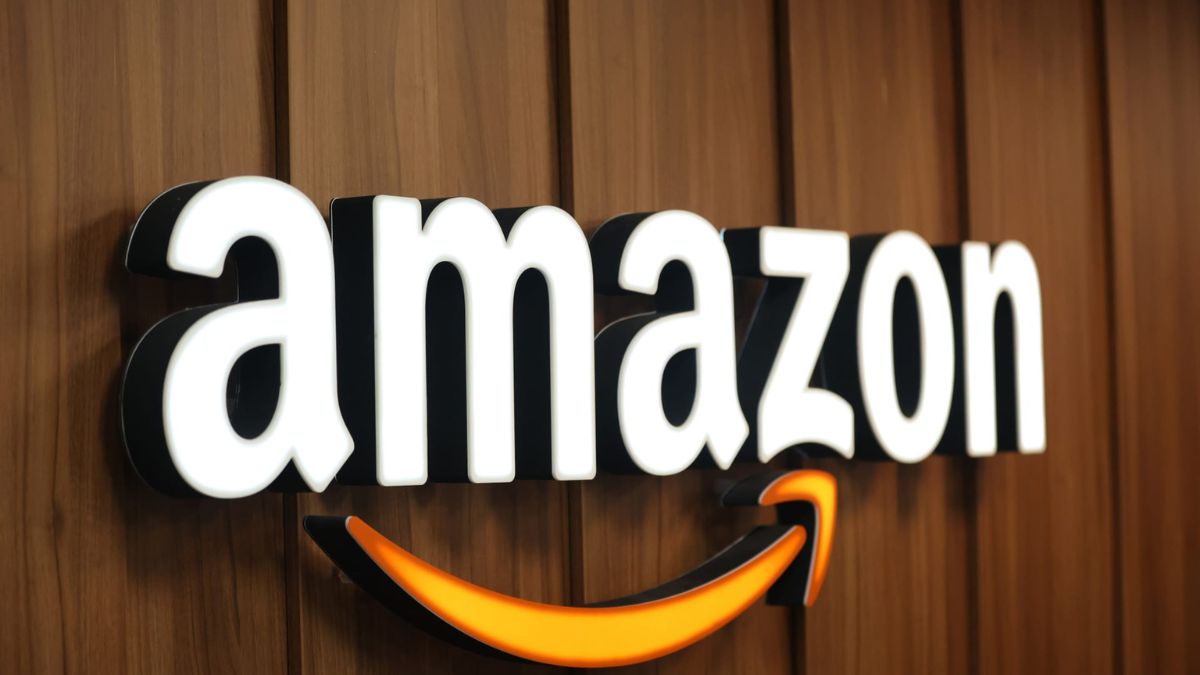
Advertisement
As Brandon Fishman offered a discount on his vitamin-infused coffee during Target’s promotional event, he didn’t foresee the impact it would have on his Amazon sales. Yet, as the week progressed, he noticed his sales on Amazon dramatically declining.
During Target’s Circle Week event, Amazon’s automated systems detected that Fishman’s VitaCup coffee was being sold for $13.43 on Target’s website, roughly $1.50 cheaper than his listing on Amazon. As a result, Amazon’s pricing algorithm removed Fishman from the buy box, a crucial feature that significantly influences sales.
The Importance of the Buy Box
Amazon’s commitment to offering “the lowest prices across Earth’s largest selection” places the onus on merchants to ensure competitive pricing. Failing to meet this can result in losing the buy box, which is the default purchase option for shoppers and garners nearly 98% of Amazon sales. This has significant repercussions for sellers, as Fishman experienced firsthand.
Fishman, who has been selling VitaCup coffee on Amazon since 2017 and generates around $20 million in annual sales on the platform, found himself losing the buy box to a reseller of his own products. This drastic change in visibility led to a substantial drop in his Amazon sales during the week.
Algorithmic Challenges
Amazon uses algorithms that continuously scan for lower prices on other websites. These algorithms are designed to ensure that Amazon remains competitive. However, this practice has faced scrutiny from lawmakers and regulators. The Federal Trade Commission (FTC) filed a lawsuit against Amazon in September, accusing it of anti-competitive practices by using a “massive web-crawling apparatus” to track and adjust prices.
Amazon has refuted these claims, arguing that such pricing tools are essential for maintaining good business practices. “Just like any store owner who wouldn’t want to promote a bad deal to their customers, we don’t highlight or promote offers that are not competitively priced,” said David Zapolsky, Amazon’s general counsel.
Seller Experiences
Other sellers faced similar issues during Target’s Circle Week. Mason Arnold, who sells Sunwink herbal tonics and powders, saw his Amazon sales plummet after losing the buy box to resellers. To regain the buy box, Arnold had to reduce his prices on Amazon, which impacted his profit margins.
“The only way to get back the Amazon buy box is to lower our price on Amazon,” Arnold said. He lowered the price of one of his products from $23 to $19, which helped sales recover but at the expense of profitability. “We lowered our prices so we’re currently losing money until it gets fixed,” Arnold added.
Target’s Role
Fishman and other sellers brought their concerns to Target, leading to some adjustments in how Circle Week discounts were displayed. Target altered some listings to show “See price in cart,” preventing Amazon’s algorithms from easily detecting the lower prices. However, Target disputed the claim and declined to comment further.
Third-party sellers like Fishman and Arnold are crucial to Amazon’s e-commerce business, making up over half of the platform’s sales since 2017. Despite their importance, sellers feel penalized by Amazon’s strict pricing policies.
Looking Ahead
As Amazon prepares for Prime Day, which analysts forecast to generate $7.9 billion in revenue, sellers are navigating the challenges posed by automated pricing systems. These issues underscore the delicate balance between competitive pricing and maintaining profitability for third-party sellers.
Fishman summed up the sentiment of many affected sellers: “Their whole point is we always want to have the lowest price. Well, me as a brand, if I want to have a sale on Target for a week, I should be allowed to. I shouldn’t have to be on sale everywhere.”
